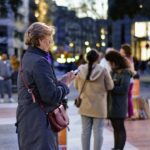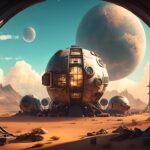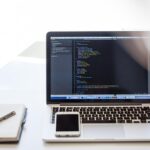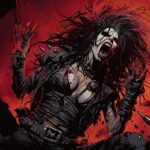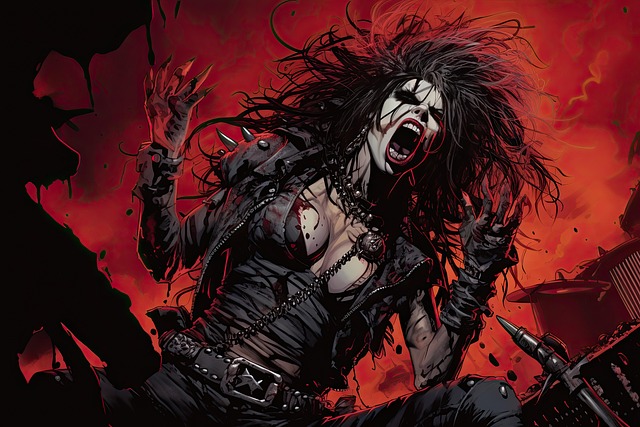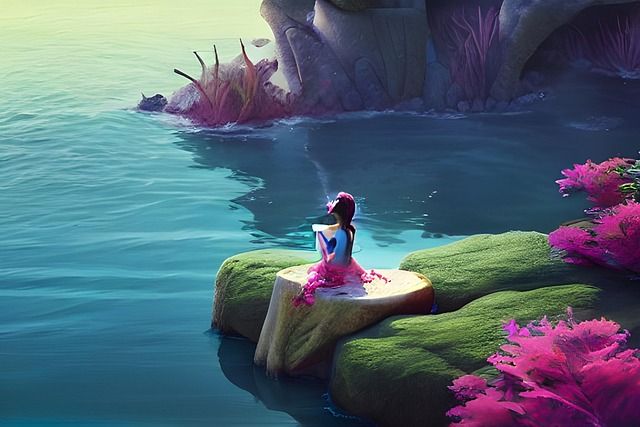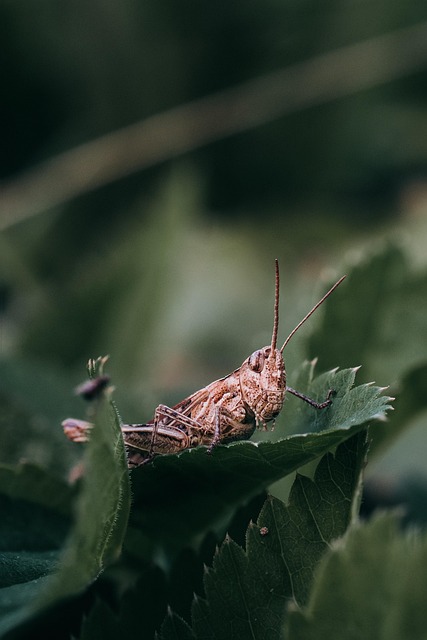# Discover Top AI Tools That Are Redefining Artistic Processes and Inspiring New Masterpieces
In recent years, artificial intelligence (AI) has emerged as a transformative force in the creative industries, particularly in visual and digital art. With the advent of sophisticated AI tools, artists are now able to explore new dimensions of creativity, pushing the boundaries of traditional artistic processes. In this article, we will delve into some of the most impactful AI tools for artists, including DALL·E, Midjourney, Stable Diffusion, Runway ML, and Adobe Firefly. We will explore how these generative art tools are reshaping the landscape of digital illustration, concept art, video generation, and design work.
## The Rise of AI Tools for Artists
AI tools for artists are designed to assist and enhance the creative process, allowing for greater experimentation and innovation. By leveraging machine learning algorithms, these tools can generate stunning visuals, assist in the design process, and even create entire pieces of art from scratch. Here are some of the leading AI digital art generators that are making waves in the creative community:
### 1. DALL·E
Developed by OpenAI, DALL·E is an AI model that generates images from textual descriptions. This innovative tool allows artists to input a phrase or concept, and DALL·E will create a corresponding image, often with surprising results.
– **Use Case**: An artist seeking inspiration for a new project can input a unique phrase, such as “a cat in a space suit playing chess,” and DALL·E will produce a variety of images based on that concept.
– **Example**: Graphic designer and illustrator Sara Faber used DALL·E to generate visual ideas for her children’s book illustrations, finding it an invaluable resource for brainstorming.
### 2. Midjourney
Midjourney is a unique AI tool that specializes in creating high-quality, stylized images based on user prompts. It operates primarily through Discord, where users can interact with the AI to refine their requests and receive multiple variations of their concepts.
– **Use Case**: Concept artists can utilize Midjourney to visualize environments or characters quickly, enabling them to iterate on designs faster than traditional methods.
– **Example**: Concept artist Alex Griendling utilized Midjourney to develop a series of character designs for a video game, allowing him to explore different styles and aesthetics rapidly.
### 3. Stable Diffusion
Stable Diffusion is an open-source AI image generator that has gained popularity for its versatility and accessibility. Artists can run the model locally or use cloud services, making it a flexible option for creators.
– **Use Case**: Illustrators can create detailed backgrounds or character concepts by inputting descriptive text prompts, allowing for a seamless integration of AI-generated art into their projects.
– **Example**: Digital artist Kelsey Montague integrated Stable Diffusion into her workflow to generate intricate backgrounds for her mural projects, enhancing her creative process.
### 4. Runway ML
Runway ML is a powerful platform that offers a suite of AI tools tailored for creatives, including video editing, image generation, and even 3D modeling. Its user-friendly interface makes it accessible for artists of all skill levels.
– **Use Case**: Filmmakers can use Runway ML to generate visual effects or enhance footage, streamlining the post-production process.
– **Example**: Filmmaker and visual artist Maja Borg used Runway ML to create stunning visual effects for her short film, allowing her to experiment with new styles and techniques without the need for extensive technical skills.
### 5. Adobe Firefly
Adobe Firefly is Adobe’s foray into generative AI, specifically designed for creative professionals. This tool focuses on enhancing the design process by allowing users to generate images, vectors, and even animations based on simple prompts.
– **Use Case**: Graphic designers can use Firefly to create unique assets for branding projects, saving time while ensuring originality.
– **Example**: A branding agency utilized Adobe Firefly to generate a series of logos and marketing materials for a client, significantly reducing the time spent on initial design concepts.
## How AI Tools Inspire New Masterpieces
The integration of AI in the artistic process has not only streamlined workflows but also inspired new forms of creativity. Here are some ways AI tools are fostering innovation in the art world:
– **Enhanced Collaboration**: AI tools allow artists to collaborate with technology in new ways, leading to unique hybrid art forms that blend human creativity with machine-generated elements.
– **Increased Accessibility**: With user-friendly interfaces and open-source options, AI tools make art creation more accessible to individuals without formal training, democratizing the creative process.
– **New Aesthetic Possibilities**: AI-generated art often results in unexpected outcomes, encouraging artists to explore styles and concepts they may not have considered otherwise.
## The Future of AI in Creative Fields
As AI technology continues to evolve, its impact on the creative industries is likely to expand. Here are some predictions for the future of AI in art and design:
– **Greater Personalization**: Future AI tools may offer more personalized creative suggestions based on an artist’s previous work and preferences, further enhancing the creative process.
– **Integration with Virtual Reality (VR)**: As VR technology advances, AI tools could offer immersive experiences that allow artists to create and manipulate 3D art in real-time.
– **Ethical Considerations**: The rise of generative art tools raises important questions about authorship and originality. As the lines between human and machine-generated art blur, discussions around copyright and ownership will become increasingly relevant.
## Conclusion
AI tools are undeniably reshaping the landscape of visual and digital art, providing artists with innovative resources to enhance their creative processes. From generating unique images with DALL·E and Midjourney to streamlining video production with Runway ML and Adobe Firefly, these generative art tools are inspiring new masterpieces and redefining what it means to be a creator. As technology continues to advance, the future of AI in creative fields promises to be both exciting and transformative, inviting artists to explore new horizons and reimagine the possibilities of their craft.
By embracing these AI tools for artists, the creative community can unlock new potential and continue to innovate in ways we have yet to imagine.

